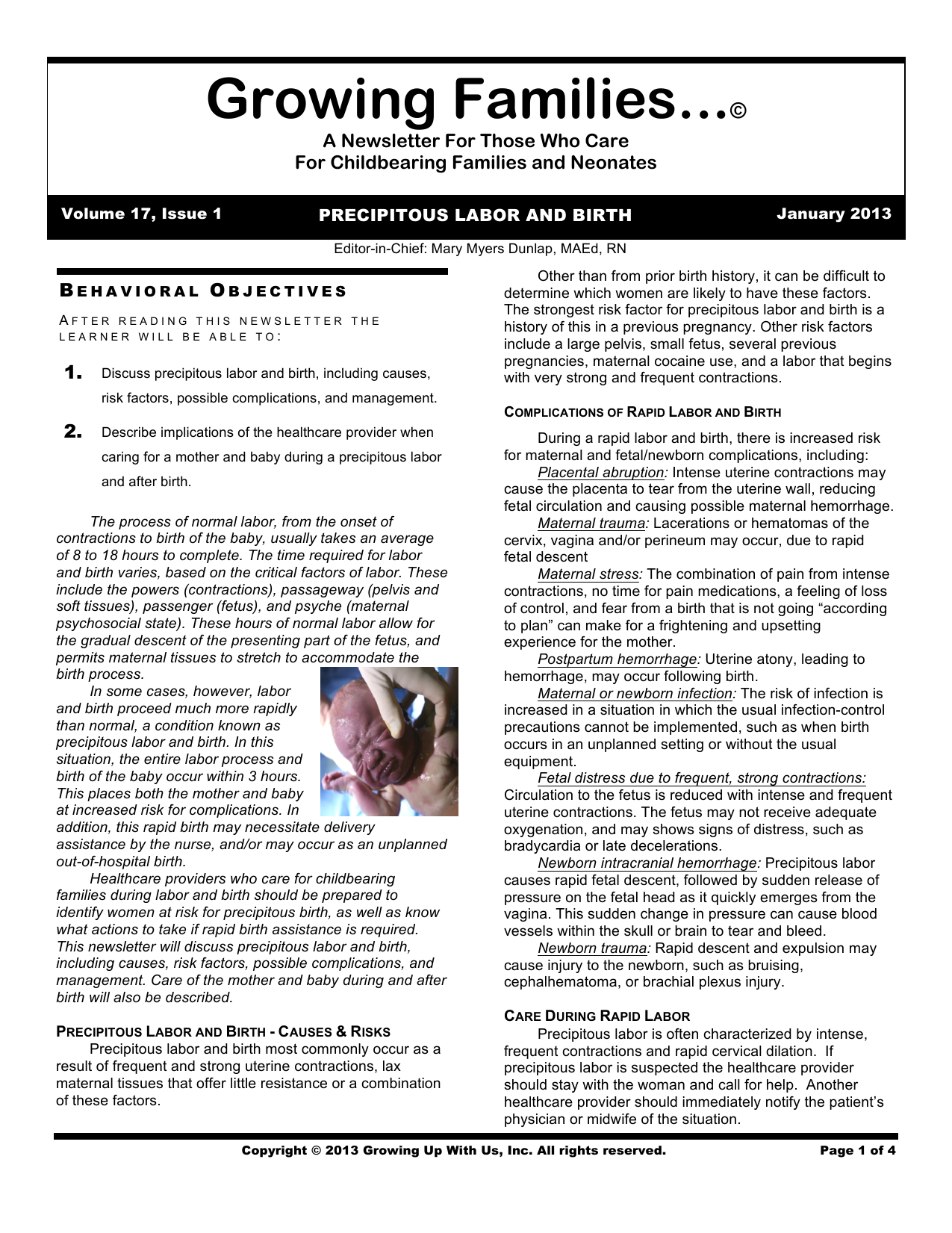

Standard obstetric, medical, and social history taking is also done. blood type, allergies, etc.), previous illness, pregnancy complications, preferences for labor and delivery, and childbirth preparations. When a patient arrives at the labor floor, pertinent information about the pregnant woman’s health history is taken during admission.

Expectations of the family about birth should be determined and it is also the best time to ascertain cultural values. At this point, they are all anxious and it is best for the nurse to convey his message gently and confidently.

The nurse should introduce himself and make them feel welcome. To gain the patient and family’s cooperation and trust, it is important that the nurse should be able to establish a therapeutic relationship with them. It is a natural and dynamic process that signifies the end of pregnancy and the beginning of motherhood. Labor refers to the process of childbirth, during which a pregnant woman experiences rhythmic uterine contractions that lead to the progressive opening of the cervix and the eventual delivery of the baby. Nursing Process During Labor and Delivery.Fetal Position, Presentation, Size, & Passage.Care of the woman in the third stage of labor.Care of a woman in the second stage of labor.Care of a woman in the first stage of labor.This nursing note aims to explore the various aspects of labor, from the onset of contractions to the delivery of a newborn, and dig into the different stages, labor management techniques, and evidence-based nursing interventions. As dedicated healthcare professionals, nurses play a central role in providing comprehensive care and support during this momentous event. Labor, the transformative journey of childbirth, marks one of the most profound and exhilarating experiences in a woman’s life.


 0 kommentar(er)
0 kommentar(er)
